-
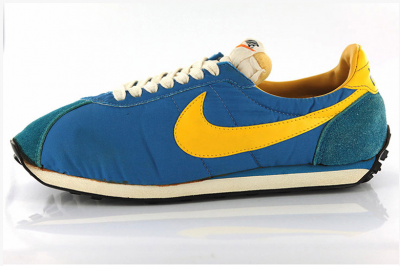
Nike
The shoe and athletic apparel giant was founded as Blue Ribbon Sports by University of Oregon track star Philip Knight and coach Bill Bowerman in 1964. Originally, Nike sold shoes from a Japanese company out of the back of Phil Knight’s car at track meets. Over the past 50 years, the company has grown exponentially, and now occupies an 8 story world headquarters in Beaverton.
Nike is the 2nd largest manufacturer in Oregon, with 8,000 employees in the state. Nike has influenced the sports world, the advertising world with the iconic “Swoosh” logo, and pop culture - countless hip hop artists love to brag about their “Air Force Ones” or “Air Max 95’s”.
Image: Yann Garr/Flickr
-
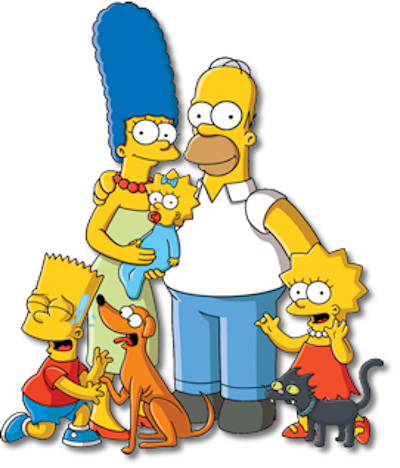
The Simpsons
Simpsons creator Matt Groening grew up in Portland and named some of the characters after Portand’s city streets (Flanders and Quimby, anyone?).
Groening claims that while the Simpsons isn’t based in Springfield, Oregon, the fictional city was named after the real-life Oregon town.
On the air now for 26 seasons, The Simpsons is America’s longest running sitcom, and is an influence for many other animated series, such as Family Guy and American Dad.
Image: FOX Broadcasting
-
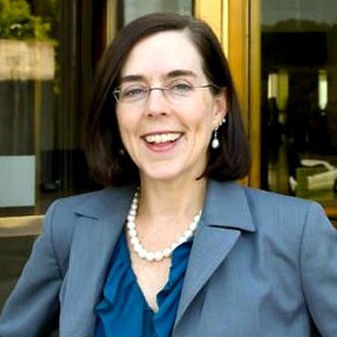
LGBT Office Holders
Bisexual former Secretary of State Kate Brown ascended to the Governor’s office in Salem after the resignation of John Kitzhaber, making her the first LGBT governor in the history of the United States.
Portland's Sam Adams was the first openly gay mayor of a major city, elected in 2008.
Stu Rasmussen of Silverton was the first transgendered Mayor elected in the United States in 2008.
-
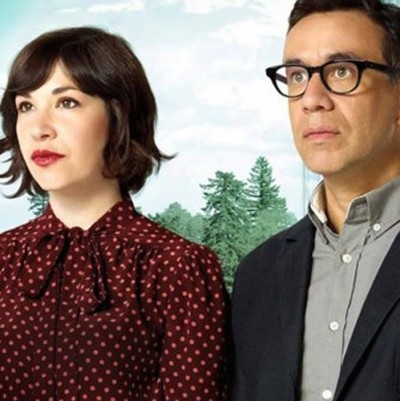
Portlandia
For better or worse, the modern day outsiders view of Portland is shaped by this cult comedy sketch show starring Saturday Night Live alum Fred Armisen and comedian/musician Carrie Brownstein.
Filmed in and around the city, the show lovingly sends up all things Portland.
Portlandia coined the phrase that Portland is the place where "young people go to retire." Portlanders often refer to this idea when talking about the large amount of twenty-somethings who have moved to the city over the last 5 years to work as part-time baristas or bartenders.
-
Tonya Harding
Oregon's most infamous resident, this ice queen was born in Portland but is best known for her time in the outskirts of the city where, from an early age, she trained to become an accomplished athlete and one of the top figure skaters of her time. In 1991 Harding landed four triple axels in competition but it was in 1994 that Harding really made a name for herself when she was linked to an attack on her fellow competitor Nancy Kerrigan. Harding, who has spent the last decade out of the spotlight, is said to be living in the central Oregon town of Sisters.
-
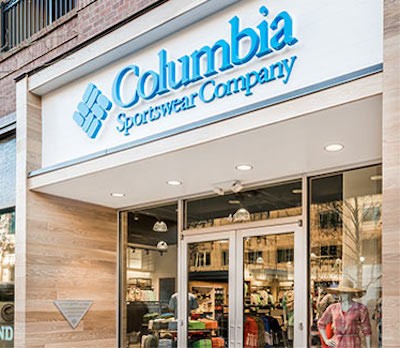
Columbia Sportswear and Gert Boyle
Columbia Sportswear, based in Washington County and named for the river, distributes its outerwear and sportswear in over 72 countries and 13,000 retailers. The company was founded by Paul and Marie Lamfrom, who had fled Nazi Germany in 1937. Their daughter, Gert Boyle, is the chairperson and former president of Columbia.
Boyle, upon becoming president of the company in 1970, took Columbia from $800,000 in annual sales to $353.5 million by 1997. In 2012, Columbia had $1.7 billion in annual sales.
Boyle is well known for her “One Tough Mother” commercials where she used her son as a test dummy for new projects, and for her philanthropy, having donated $100 million to cancer research at Oregon Health and Science University in 2014.
-

Changed the Way Fast Food is Sold
Portland was the first to ban “clamshell” style styrofoam packaging in 1990, leading to it’s disappearance in the fast food industry. McDonald’s stopped using the packaging by the early 90’s altogether.
Portland’s complete styrofoam ban (including cups and chinese food-like containers) has made ripples through the country, with Washington State and New York City following suit.
-

First Female Cop in the US
In 1905, the Lewis and Clark Centennial Exposition took place in Portland. The WYCA established a traveler’s aid program to protect young women from the seedy element that such large events attract. Lola Baldwin had volunteered for years helping wayward young women, and recruited volunteers to help keep an eye on things at the Expo.
After the fair, Lola continued he volunteer work with young women, and became the first probation officer for girls, after organizing the Portland Juvinile Court later in 1905.
In 1908, the city council passed a women’s police ordinance and Baldwin passed the civil service exam and became the country’s first paid woman police officer.
-
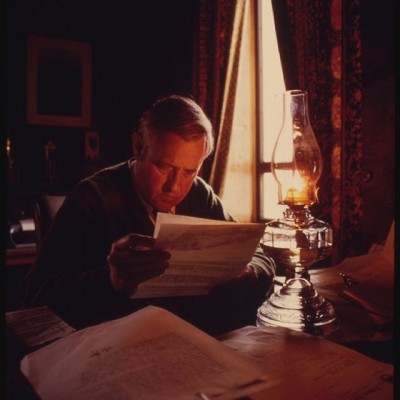
The Environmental Crusader
In 1962, journalist and eventual Governor of Oregon, Tom McCall produced one of the earliest documentaries about poor air quality in Oregon and water pollution in the Willamette River.
Upon becoming Governor in 1966, his administration spearheaded many environmental causes, such as the nation’s first “bottle bill” (the deposit charge), water cleanup efforts, maintaining public ownership of Oregon’s beaches, and the first statewide land-use program in the country, which established the urban growth boundary around major cities.
McCall’s successful efforts to replace the Harbor Drive riverfront freeway in Portland with public space is another example of Oregon’s early efforts at environmentalism that other states have adopted and learned from.
McCall may be best known for this quote from 1971: "We want you to visit our State of Excitement often. Come again and again. But for heaven’s sake, don’t move here to live. Or if you do have to move in to live, don’t tell any of your neighbors where you are going.”
-
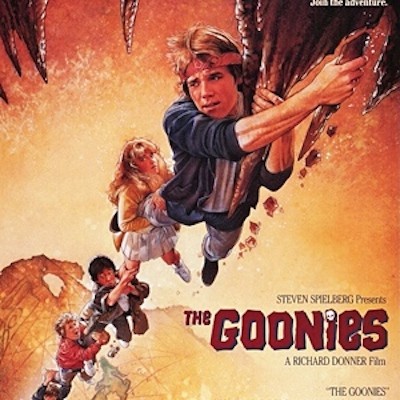
The Goonies
The movie that set every 80’s kid on a hunt for pirate treasure.
Based in Astoria, the Goonies are a group of social outcasts who gather for one last weekend before their homes are foreclosed and purchased for an expansion of a country club. The gang finds a 1632 pirate map and has a string of adventures as they search for buried treasure.
The jail seen at the beginning of the film is now the home of the Oregon Film Museum.
-

“Garage Rock”
Best known for the 1963 classic rock track “Louie Louie”, Portland based teen rock group the Kingsmen started their music career playing gigs at fashion shows, Red Cross events, and supermarkets.
Their manager heard an earlier version of “Louie Louie” on a jukebox at a club in Seaside, and convinced the band to learn the song.
The single was recorded in a small rudimentary studio, with lead singer Jack Ely forced to scream into a microphone hanging from the ceiling. That, coupled with the braces on his teeth, led to his infamous slurring delivery.
A cottage industry of “garage rock” sprung from this record, and the sound continues to be championed by the likes of “Little Steven” Van Zandt, who created an entire channel of garage rock on Sirius XM, entitled “Underground Garage.”
-
ViewMaster
Children of the 60’s 70’s and 80’s certainly have a soft spot for this toy - consisting of stereoscopes and a special viewer - that lets you see 3D images when held towards a light.
The ViewMaster was invented in Portland by Edwin Eugene Mayer in 1939.
Originally intended as a postcard alternative, the ViewMaster was introduced at the World’s Fair in in New York City in 1939.
In 1955, the company started issuing reels of the newly opened Disneyland, and business skyrocketed with reels intended for children. From 1966 forward, children’s reels became the focus of the company.
In 2015, Mattel, the current owner of ViewMaster, announced a deal with Google to relaunch the toy as a virtual reality device.
-
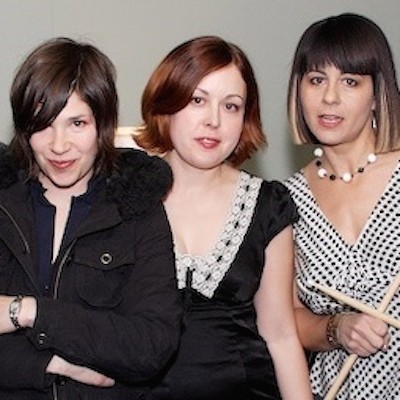
Riot Grrl/Indie Rock
Sleater-Kinney, although formed in Olympia, Washington, were based out of Portland during most of it’s 1994-2006 original run. The band, consisting of Corin Tucker, Janet Weiss and Carrie Brownstein (later known for her work on Portlandia) were hugely influential in the punk rock scene- it would do them a disservice to state their influence as limited to female based bands, although they are well known for supporting feminism and left leaning political stances.
-
Chuck Palahniuk
The author of the cult classic "Fight Club" and many other masculine and minimalist tomes, Palahniuk was born in Pasco, Washington (and grew up nearby in the small town of Burbank, Washington) before bolting after his high school graduation to the big city of Portland, Oregon. His oft-mispronounced last name has not stopped him from becoming a household name to readers from all over the world. Chuck has lived in or near Portland for over 30 years.
-
The Erector Set
This popular construction toy set was invented by Salem native Alfred Carlton Gilbert- a well rounded inventor, athlete, magician, and toymaker in 1913.
Inspired by steel construction girders seen on railways, Gilbert designed the Erector Set, consisting of metal beams, nuts, bolts, pulleys, gears, and wheels.
The Erector Set is said to be the subject of the first national advertising campaign for a toy.
100 years later, the influence that the erector set has had on young minds can be seen throughout the skylines of every city in America.
image: gilhooly studio/Flickr
-
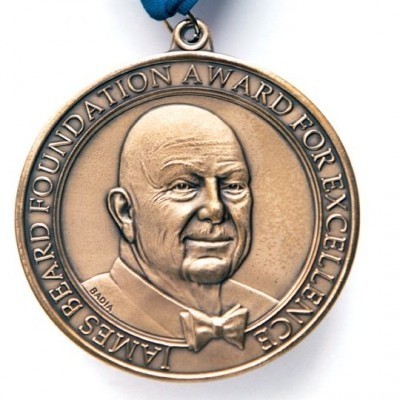
James Beard
Perhaps Oregon's most famous son, at least in the world of food and foodies, James Beard is a legendary chef, cookbook author, television personality and is the inspiration beyond the highly coveted annual awards ceremony that bears his name and recognizes the best in the world of cuisine. Beard was born in Portland, but it was during his family vacations to Gearhart where he was exposed to the Pacific Northwest cuisine that would become an inspired staple in his repetoire.
-
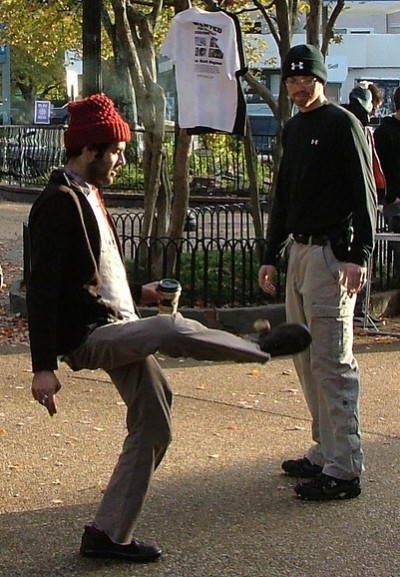
The Hacky Sack
A favorite of the campus quad and city park for decades, the “hacky sack” footbag was invented in Oregon City in 1972 by Mike Marshall and John Stalberger.
One can find circles hippies and hipsters alike (although usually not together) partaking in rounds of this “don’t let the sack touch the ground” game on college campuses and city parks from coast to coast to this day.
Photo: Richard Roberson
-
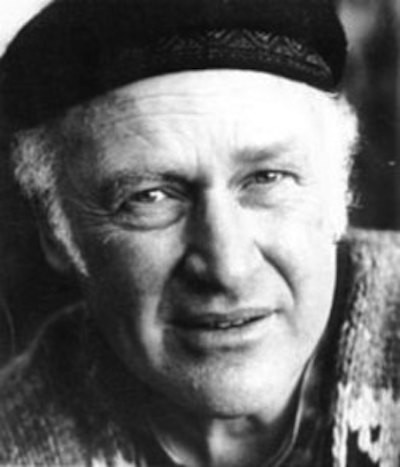
Ken Kesey
Most people think of San Francisco when they think of Ken Kesey and his band of Merry Pranksters, but Kesey spent most of his childhood in Springfield, and attended the University of Oregon in Eugene.
Kesey moved to Los Angeles in the late 50’s, where he began his “One Flew Over the Cuckoo’s Nest” manuscript. After LSD-soaked adventures in California and across the country in the mid 60’s (documented in Tom Wolfe’s The Electric Kool-Aid Acid Test), followed by some jail time for possession of marijuana, Kesey returned to Oregon, where he took up residence in Pleasant Hill, where he continued to write. He remained an Oregon resident until his death in 2001.
Kesey’s influence on the counter culture of the 1960’s is immeasurable.
-
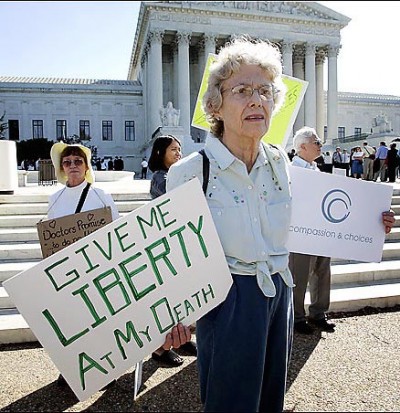
Death with Dignity
Oregon was the first state to legalize physician-assisted suicide. In 1994, Measure 16 allowed for competent Oregonians with a physician-diagnosed terminal illness to request assistance from a physician to end their life.
Many legal battles followed the passing of the measure, which was finally upheld by the United States Supreme Court in 2006.
Brittany Maynard, 29, made national headlines last year when she moved to Oregon to utilize its death with dignity act. She had terminal brain cancer
Other states have followed Oregon’s lead; assisted suicide is also now legal in Vermont and Washington State. Other states like California and New Jersey are considering similar legislation.
-
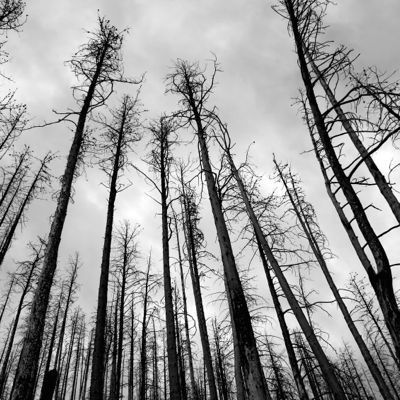
The Timber Industry
Oregon is the number one lumber producer in the U.S., accounting for 18% of total U.S. softwood lumber production. Nearly half of our state is covered in forest - 30 million acres.
The timber industry here in Oregon accounts for 57,000 jobs, and the total economic output supported by Oregon’s timber is approximately $22 billion, or about 11 percent of the total value of products produced in Oregon.
-
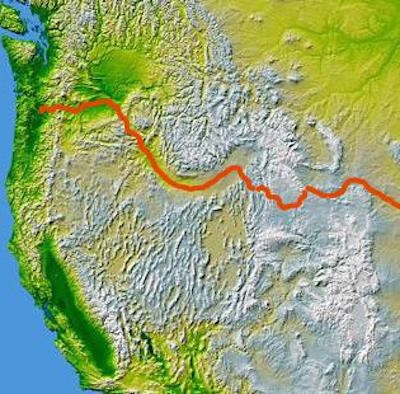
The Oregon Trail
Oregon has naming rights for the westward expansion of the entire country. Originally a path for hunters and fur trappers between Missouri and the Willamette Valley.
The 2,200-mile trail served as a transportation route for emigrants with dreams of gold, farmland, furs, and a new life in the west.
-
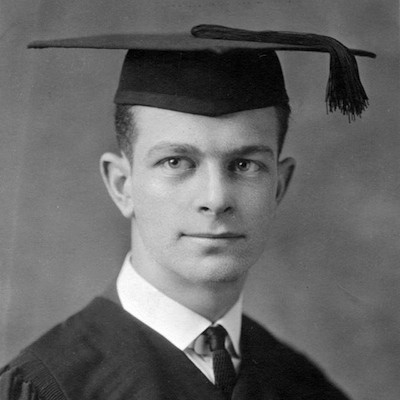
Linus Pauling
One of the greatest scientists of all time, Pauling is one of only two people to be awarded Nobel Prizes in different fields, the other being Marie Curie.
The first was in 1954 for chemistry and in 1962 received the Nobel Peace Prize. Pauling worked with DNA and developed the triple helix model we all associate with DNA today.
Although he lived most of his life in Portland, Oregon he died at the age of 93 in Big Sur, California.
-
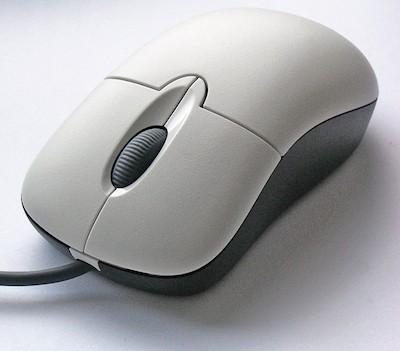
The Inventor of the Computer Mouse
You wouldn’t be clicking through this slideshow right now were it not for this invention from Portland native Douglas Engelbart. Englebart was dedicated to making computers user friendly, and developed the mouse (named because of the way the cable resembles a mouse’s tail) which he received a patent for in 1970. He never received royalties for his invention.
Engelbart is also credited with the development of hypertext and networked computers.
-
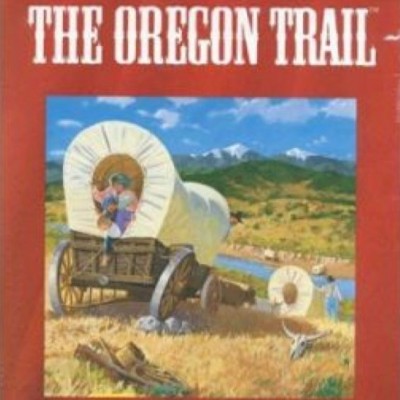
The Oregon Trail (Game)
Children of the 80’s from around the country may have had their first encounter with Oregon through this incredibly popular computer game, where the player assumes the role of a wagon leader guiding their group of settlers from Independence, Missouri, to the Willamette Valley on the Oregon Trail.
Over 65 million copies of the game were sold.
-
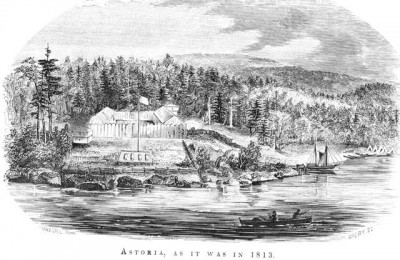
Fort Astoria
John Jacob Astor’s Pacific Fur Company’s fur trading outpost Fort Astoria was the first American settlement on the West Coast.
Fort Astoria was built at the head of the Columbia River in 1811. The War of 1812 necessitated its sale to Montreal based NorthWest Company in 1813, putting the Fort (renamed Fort George, for the King) into British control.
After sparring for control of the post, it finally became US territory again in 1833 after the Oregon Treaty ended a boundary dispute south of the 49th parallel.
-
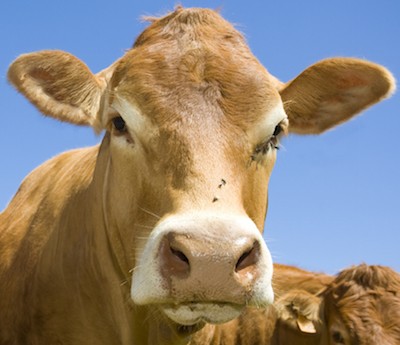
The Cattle Industry
Cattle production is Oregon’s largest agricultural commodity, representing about 15 percent of the state’s entire agricultural sector. With over 1.5 million heads of cattle,and a value of $669,090,000, Oregon prides itself on the environmentally friendly and green ways that the state operates in ranch facilities, and is a model for the rest of the country.
-
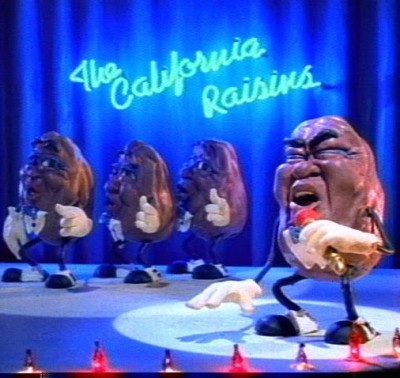
The California Raisins
Wait, what? Yes, the California Raisins hail from Oregon.
Oscar and Emmy Award winning director and producer Will Vinton was the creator of the Raisins, as well as other popular claymation characters including Domino's Pizza's "The Noid" and the talking M & M's.
 Dear Paul Allen,
Dear Paul Allen, Do yourself a favor and watch the Stanley Cup this weekend. Check out the intensity and pace of the games between Anaheim and Chicago in the Western finals; or the New York Rangers and Tampa Bay in the Eastern finals. Check out the toughness of the players and the depth of the traditions – playoff beards, meaningful post-series handshakes and of course the fact that two of the “Original Six’’ franchises remain alive this postseason.
Do yourself a favor and watch the Stanley Cup this weekend. Check out the intensity and pace of the games between Anaheim and Chicago in the Western finals; or the New York Rangers and Tampa Bay in the Eastern finals. Check out the toughness of the players and the depth of the traditions – playoff beards, meaningful post-series handshakes and of course the fact that two of the “Original Six’’ franchises remain alive this postseason.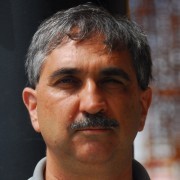 A native Oregonian, Hank Stern had a 24-year career in journalism, working for more than a decade as a reporter with The Associated Press in Oregon, New Jersey and Washington, DC. He worked seven years for The Oregonian as a reporter in east Multnomah County, Washington County and Portland’s City Hall. In 2005, he became Willamette Week’s managing news editor and worked there until 2011.
A native Oregonian, Hank Stern had a 24-year career in journalism, working for more than a decade as a reporter with The Associated Press in Oregon, New Jersey and Washington, DC. He worked seven years for The Oregonian as a reporter in east Multnomah County, Washington County and Portland’s City Hall. In 2005, he became Willamette Week’s managing news editor and worked there until 2011.






















 Delivered Free Every
Delivered Free Every
